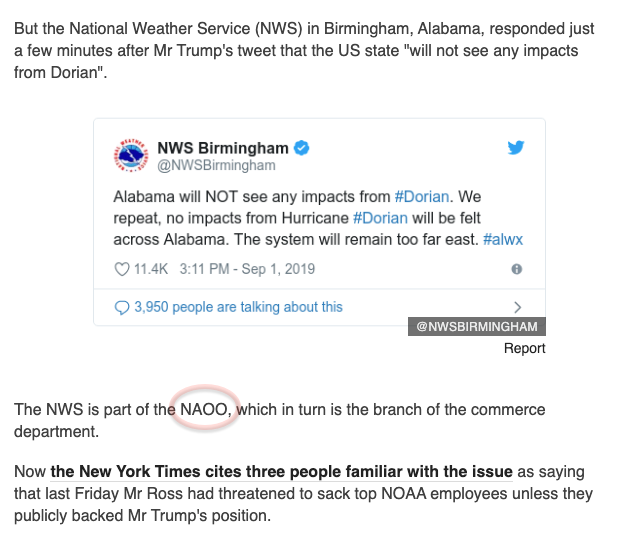The Out of Hunan Theory
[This is a guest post by Jichang Lulu and Filip Jirouš]
A recent post by Mark Liberman nominated the Association for the Promotion of Research on the Origin of World Civilizations (Shìjiè Wénmíng Qǐyuán Yánjiū Cùjìn Huì 世界文明起源研究促进会) for the prestigious Becky prize, bestowed on those who make “outstanding contributions to linguistic misinformation”. The award, named after Goropius Becanus, who claimed all human languages derived from his own, would be fully deserved by an Association promoting a form of Goropism: the contention that multiple languages, including English, are in fact derived from Chinese. While the recent event that triggered Liberman’s nomination has been widely reported in English and other Chinese dialects, it is perhaps less known that the Association’s chairman has even more Goropian ideas. Just like Goropius saw his Antwerp dialect as the language of Adam and Eve, Professor Du Gangjian of Hunan University claims these languages, and a few other things, in fact come from Hunan Province.
Read the rest of this entry »


